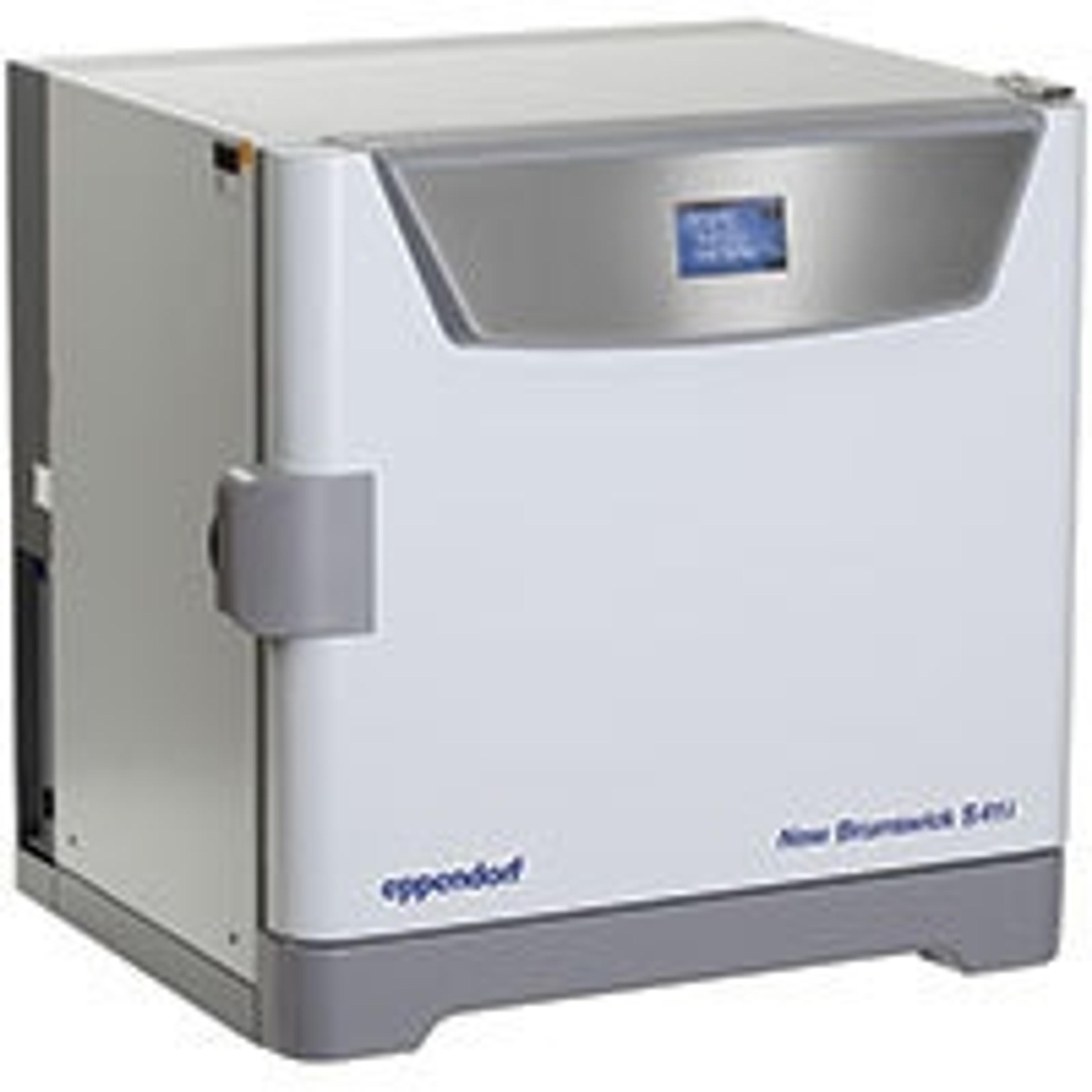Webinar Highlights: Solving the Aggregation Problem of Cells in Suspension Culture
Discover an efficient method for aggregation-free HEK-293 cells in suspension culture
16 Sept 2015

Stacey Willard, Senior Scientist at Eppendorf, presents a solution for aggregation-free cell culture in suspension
Mammalian cells have become the dominant system used to develop biopharmaceuticals, due to their ability to properly fold and assemble proteins and add post-translational modifications such as glycosylation. Growing them in suspension culture or adapting them to suspension allows for higher yields required for downstream processing. However, some cells, when grown in suspension, start to clump together. For example, although Human embryonic kidney 293 (HEK293) cells are an excellent host for protein expression, the issue of cell clumping in large-scale suspension culture has limited its use in bioprocess. Recently, many commercial entities have developed specialty media formulations and anticlumping reagents to help combat this issue.
In an exclusive SelectScience webinar, Stacey Willard, Senior Scientist at Eppendorf, describes an efficient new method that was used to develop aggregation-free HEK-293 cells in serum-free single cell suspension from serum-supplemented attachment culture using the New Brunswick S41i CO2 incubator shaker.
Watch the webinar on-demand to learn about the basics of culturing cells in suspension, a novel approach to solving cellular aggregation that occurs when culturing certain cells in suspension, and receive tips on how to solving cellular aggregation that occurs when culturing certain cells in suspension. Read on for highlights from the webinar Q&A session and download the application note to learn more about this efficient method.
Q&A
Would suspension cell culture work for human primary cells that are being co-cultured with 3T3 cells?
I actually spent a lot of time in a cancer lab working on primary culture. I didn’t have to use a feeder like 3T3, but I also wondered whether the cells would grow better in suspension culture; it wasn’t something that we ended up trying. In the lab here at Eppendorf, we actually haven’t co-cultured two cell lines together; my worry would be that the feeder cell would overtake the culture. However, if you were to irradiate them and put them in an equal volume, you might be able to pull that off in a shake flask. I think it’s worth a try but I can’t say I have personal experience with it. The nice thing about using a CO2 incubator shaker such as the S41i is that you can try it out in small scale and then when the process is established, you can scale up right on the same platform.
Did you sequentially reduce serum concentrations before adapting to serum free suspension or go directly from serum-containing medium to serum free medium?
In the literature there are recommendations for both methods. I followed the commercial manufacturer’s instructions for the specialty medium. Some recommended a step-down and it’s very common to do a 10% serum to a 5% to a 2% to 1% and slowly adapt your cell line, but some of these media formulations recommended going from 10%, directly into serum-free suspension. In fact, the adaptation that worked very well was a direct from 10% serum, right into serum-free suspension culture. It would be different for each cell strain but for mine, I went directly into serum-free suspension.
Do you observe any adhesion of HEK cell to the flask when you culture for more than 3-4 days?
No I did not, although I did look for signs of flask adhesion. There is a possibility that when you take cells directly from adherent cell culture and put them into suspension culture that they will adhere to the sides of the flask. I was using disposable shake flasks that are designed for suspension cultures, so they don’t have that cell culture coating that would attract the cells. However, I still checked by doing a trypsin wash on the flask to ensure that nothing was adhering. So I did not have that problem, but it is something I have seen in the literature and it is something you should consider when developing your process.
Does anti-clumping agent decrease the transfection efficiency?
We did not transfect these cells, we bought them pre-transfected, but I have found many reports of anti-clumping agents decreasing the transfection efficiency. Apparently, Pluronic® does not; Pluronic being a membrane stabilization reagent. It is advertised that you can put Pluronic in with your transfection reagents safely. I would suggest that you would have to try it with your own specific cell line and would have to determine that for each application individually.
Is there a transfection efficiency difference in two culture and suspension culture of HEK293?
There are plenty of labs that transfect HEK cells in suspension culture; in fact, they’ll transfect them right in the bioreactor. As to what the exact differences are in efficiency, I can’t comment, but I do know that there are plenty of people that transfect in suspension culture. Infection rates are also very high in suspension culture, so it is a viable option for this.
Have you had any experience of transient transfection in HEK293 cells at large scale (>1-2Litres)?
Personally not in this lab, but there are definitely plenty of people that perform large scale transient transfection in HEK293 cells.

